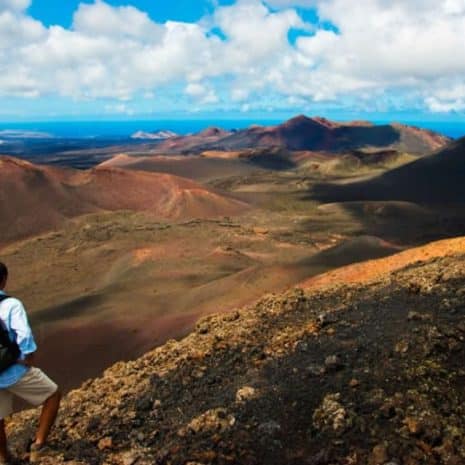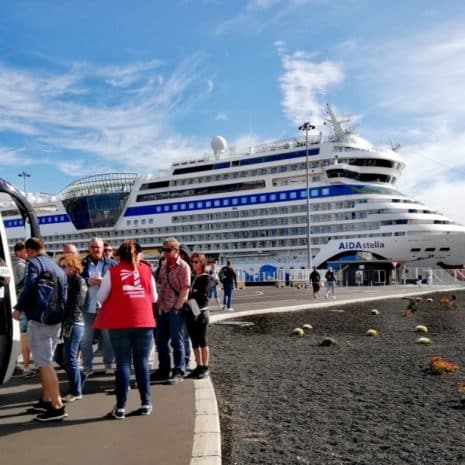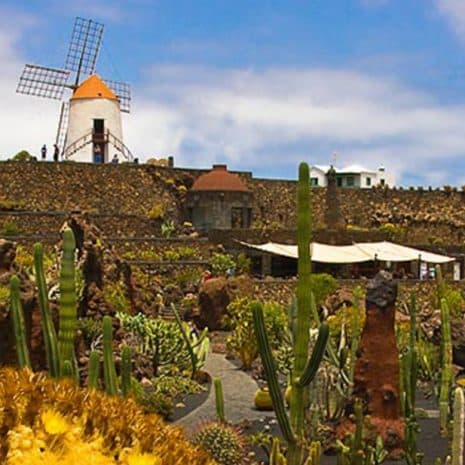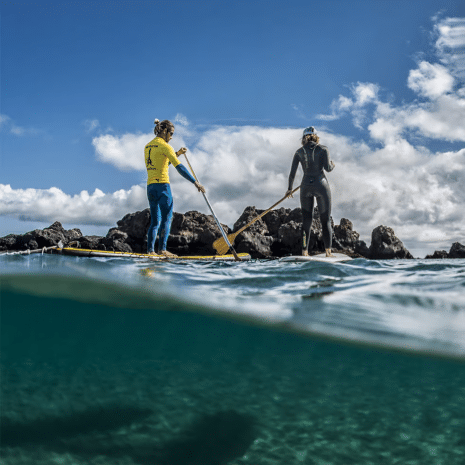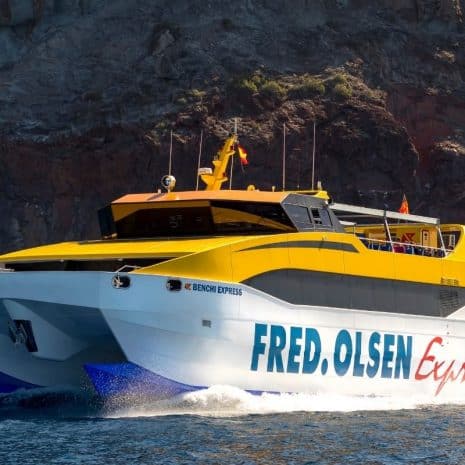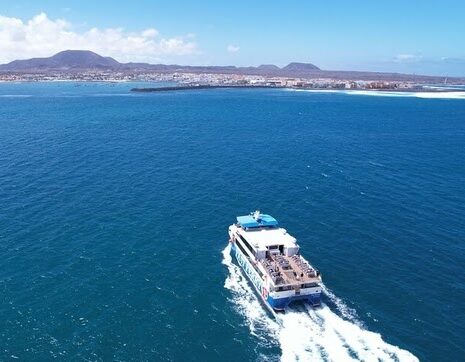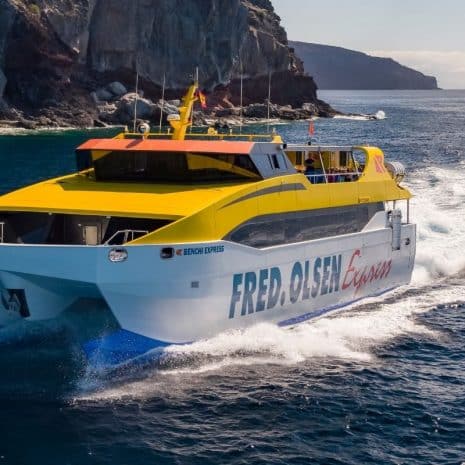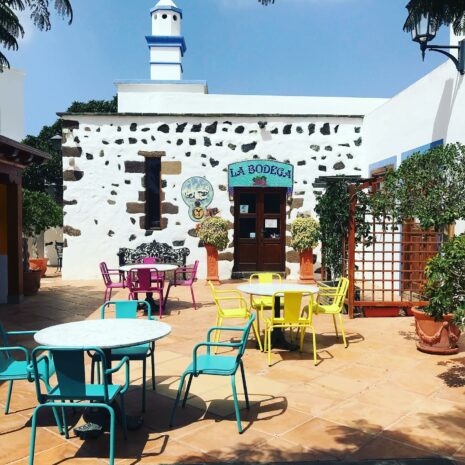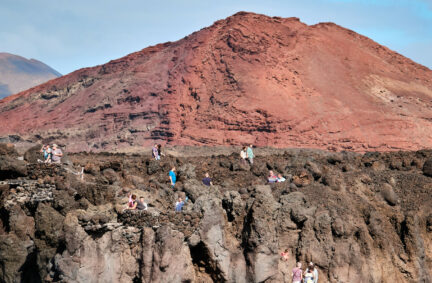Lanzarote wouldn’t make sense without its volcanos, whose eruptions have left a landscape with a truly unique aura. Visiting the island is like stepping on the Moon if you visit the Timanfaya National Park. If you are getting ready for a trip to Lanzarote, you really must visit this world-renowned tourist attraction.
What to see at the Timanfaya National Park?
At over 50 square kilometres, Timanfaya is home to a wide range of geological specimens and plant species. It is a completely uninhabitable area, and it was formed by eruptions in 1730 and 1736. Within the park itself there are plenty of activities:
Volcano Trail
Discover the geothermal quirks of this area and delve deeper into the soul of our land on this 14 kilometre trail which takes you through the different craters that can be found in the Timanfaya National Park.
The trail is within the park itself and is a great activity if you want to discover the different types of lava or volcanic caves. You can also visit the Montañas de Fuego, the Caldera de Corazoncillo or the Montaña Rajada.
What is the history of Timanfaya National Park?
Until the 1960s, Lanzarote’s livelihoods were based on agriculture, fishing and goat farming. It was from this moment on that a new source of income arose: tourism.
Thanks to the optimal conditions presented by Lanzarote for the development of tourism, there has been a tourist boom. This, in turn, has caused an increase in urban development, giving rise to the uncontrolled extraction of aggregates.
Faced with the destruction of the landscape, the need arose to declare spaces with different protection figures.
What makes the Timanfaya National park unique?
One of the protected natural spaces of Lanzarote, also with the highest figure of protection at state level, is the Timanfaya National Park.
The term National Park encompasses natural spaces that have primitive ecosystems that have not been substantially affected by human action, and where the fauna and flora have an outstanding cultural, educational or recreational interest.
What is the flora and fauna of Timanfaya like?
The appearance of the Timanfaya National Park, which resembles a desert, suggests that its sterile lavas lack animal life, the reality being surprisingly very different. Not only is it home to a great wealth of invertebrates, but many species are also highly adapted to living in the environment of historic lavas.
On the other hand, the scarce water conditions, the strong oscillations in temperature and the intense insolation determine a low number of species of terrestrial vertebrate fauna.
As for the marine fauna, hardly observable by visitors, it is very rich and varied, and manifests itself with an important presence of Mediterranean elements typical of the eastern islands.
The marine environment and the diversity of the seabed have had a faster recovery than the terrestrial environment after the eruptions of the 18th century. This has determined a greater wealth of fauna on the coast of the Park. 120 species of invertebrates have been catalogued. Likewise, 61 species of fish have been identified.
As for the avifauna, it is the one with the greatest representation of species. The declaration in 1994 of the Timanfaya National Park as a Special Protection Area for Birds (ZEPA), becoming part of this extensive international network of spaces scattered throughout the community geography.
Regarding the flora of Timanfaya, it is a geological park par excellence. Its landscapes are characterized by lava and other volcanic products in which life seems to be absent, but this appearance is far from the truth, since plant colonization has already begun, although still barely perceptible.
Timanfaya National Park was declared by decree in 1974, and reclassified by law in 1981. It is part of the State Network of National Parks. It is located between the municipalities of Yaiza and Tinajo and has an area of 5,107 hectares. Its perimeter is about 30 km and its maximum height is 540 m. It represents the recent volcanism in the Canary Islands and covers almost a quarter of the area affected by the eruptions during the years 1730 to 1736.
Timanfaya National Park Rates and Times
Timanfaya is much more than a tourist attraction, which is transmitted during the visit with the aim of bringing the public closer to the volcanological phenomenon of Timanfaya, its fauna, flora and unique coastline, allowing visitors to understand everything that they observe during their visit to the Park and think of it as a natural treasure.
The Timanfaya National Park is open to the public from 9:30 to 15:45. As a recommendation, the ideal time to visit the Park is after 13:00, as that is when it can be enjoyed in all its glory.
| Rates | Adult | Children (7-12) |
| Non-residents | €12 | €6 |
| Canary Island Residents | €9.60 | €4.80 |
| Lanzarote Residents | €2 | €2 |
Our recommendations at the Timanfaya National Park
Eating at the Timanfaya National Park
One of the most impressive experiences for visitors to the Timanfaya National Park is eating at the El Diablo restaurant, which uses the volcanic heat from the earth to cook its typical Lanzarote dishes.
How to get to Timanfaya National Park?

YOU MIGHT BE INTERESTED ...
LAST POSTS
ALL













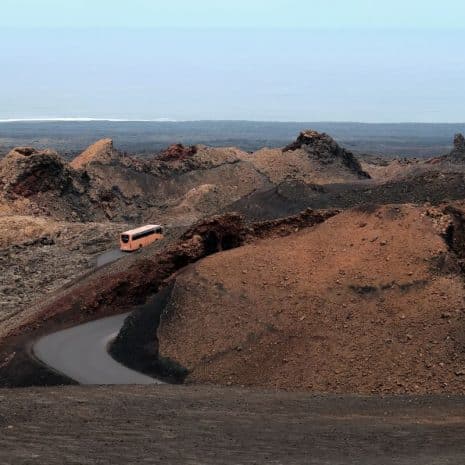






 Excursions
Excursions 

